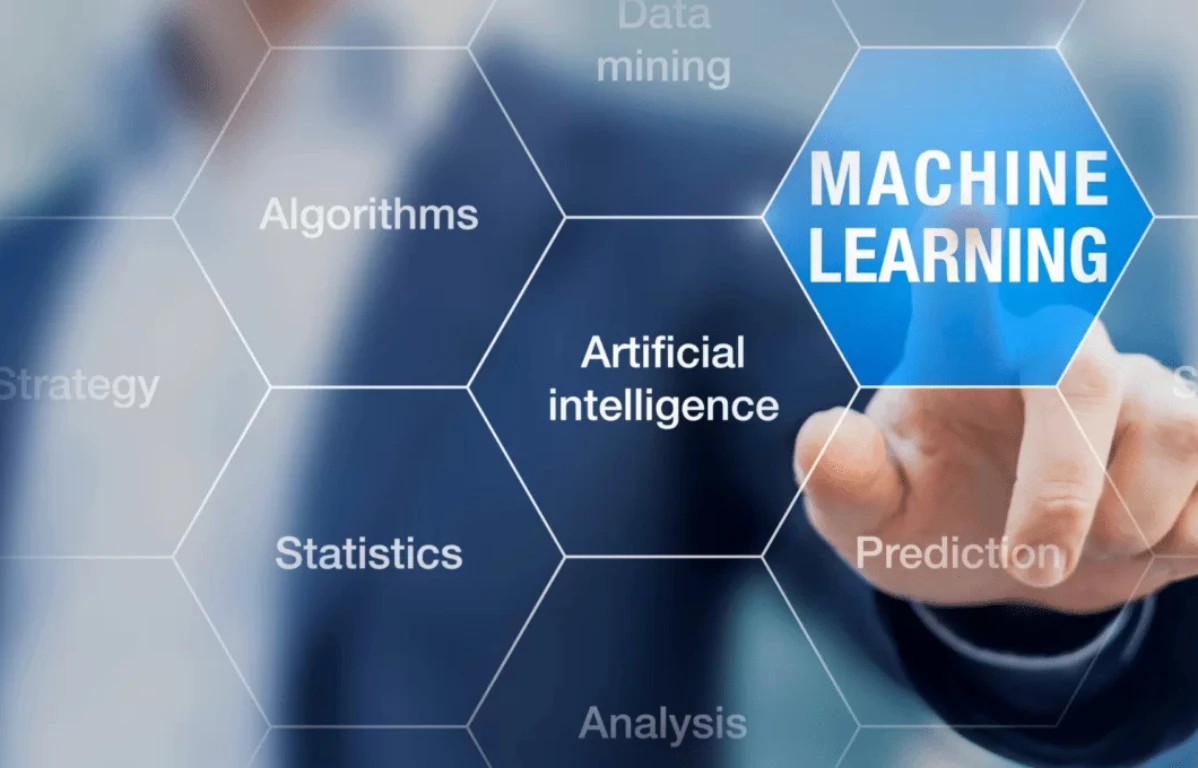
Machine Learning and AI
The Machine Learning course focuses on predictive modelling and enters multidimensional spaces that require an understanding of mathematical methods, transformations, and distributions. We will introduce these concepts, as well as complex means of analysis such as clustering, factoring, Bayesian inference, and decision theory, while also allowing you to exercise your Python programming skills.
What You Will Learn
- Master foundational machine learning techniques that will take your data analysis skills to the next level
- Build a strong foundation with an in-depth understanding of linear regression and set the stage for advanced machine learning models
- Gain hands-on experience by performing linear regression with sklearn
- Master logistic regression, a critical analysis tool for binary ML problems
- Implement K-means clustering and learn how to leverage clustering techniques in a real-world environment
- Integrate math concepts with hands-on programming skills
Curriculum
- 7 Sections
- 68 Lessons
- 7h Duration
1. Linear Regression
22 Lessons
- Course Introduction
- The linear regression model
- Correlation vs regression
- Geometrical representation of the Linear Regression Model
- Python package installation
- First regression in Python
- Using Seaborn for graphs
- How to interpret the regression table
- Decomposition of variability
- What is the OLS?
- R-squared
- Multiple Linear Regression Theory
- Adjusted R-squared Theory
- F-test
- OLS assumptions
- A1: Linearity
- A2: No endogeneity
- A3: Normality and homoscedasticity
- A4: No autocorrelation
- A5: No multicollinearity
- Dealing with categorical data - Dummy variables
- Making predictions with the linear regression
2. Linear Regression with sklearn
13 Lessons
- What is sklearn
- Game plan for sklearn
- Simple linear regression
- Simple linear regression - summary table
- Multiple linear regression
- Adjusted R-squared
- Feature Selection through p-values
- Creating a summary table
- Feature Scaling
- Feature Selection through Standardization
- Making predictions with standardized coefficients
- Underfitting and overfitting
- Training and testing
3. Linear Regression Practical Example
5 Lessons
- Linear Regression Practical Example (Part 1)
- Linear Regression Practical Example (Part 2)
- Linear Regression Practical Example (Part 3)
- Linear Regression Practical Example (Part 4)
- Linear Regression Practical Example (Part 5)
4. Logistic Regression
11 Lessons
- Introduction to logistic regression
- A simple example in Python
- Logistic vs logit function
- Building a logistic regression
- An invaluable coding tip
- Understanding the tables
- What do the odds mean
- Binary predictors in a logistic regression
- Calculating the accuracy of the model
- The concept of overfitting
- Testing the model
5. Cluster Analysis (Basics and Prerequisites)
4 Lessons
- Introduction to Cluster Analysis
- Some examples of clusters
- Difference between classification and clustering
- Math prerequisites
6. K-Means Clustering
10 Lessons
- K-means clustering
- A simple example of clustering
- Clustering categorical data
- How to choose the number of clusters
- Pros and Cons of K-means and Clustering
- To standardize or not to standardize
- Relationship between clustering and regression
- Market Segmentation with Cluster Analysis (Part 1)
- Market Segmentation with Cluster Analysis (Part 2)
- How is clustering useful
7. Other Types of Clustering
3 Lessons
- Types of clustering
- Dendrogram
- Heatmaps using Seaborn